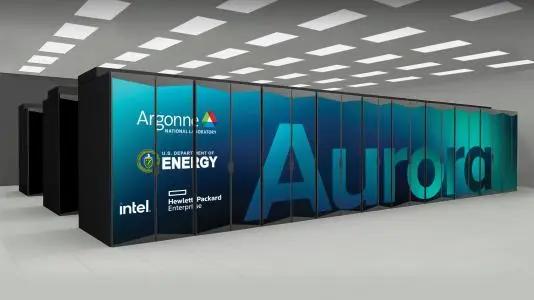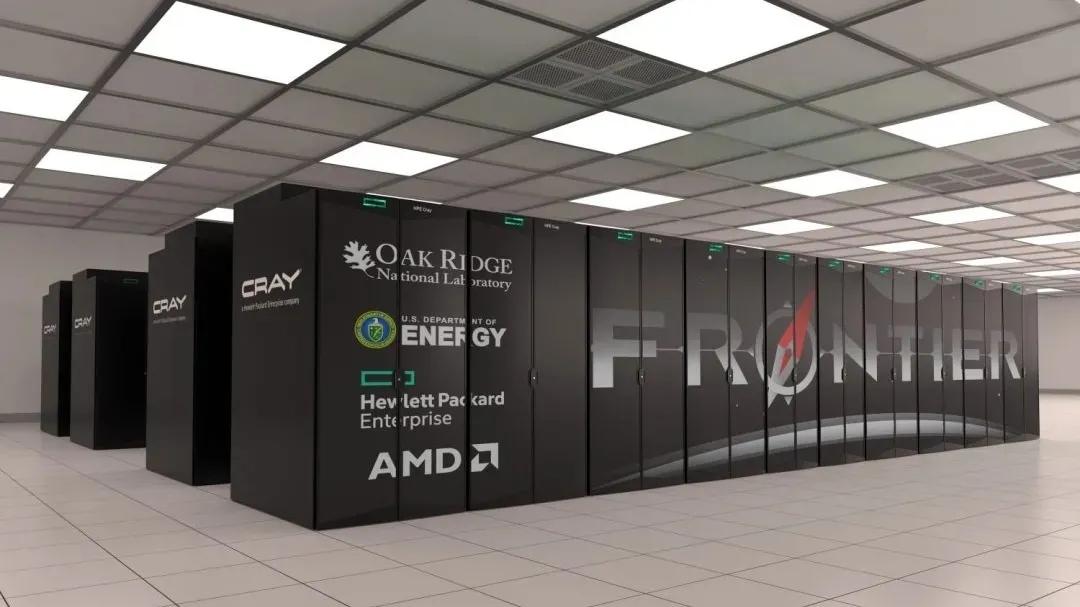On November 17, the authoritative ranking of supercomputer computing power, the 66th International Supercomputing TOP500 list, was officially announced at the SC25 conference. The biggest highlight of this list is that after the full deployment of "JUPITER Booster" at the Jülich Supercomputing Centre in Germany, its performance has successfully broken through the E-scale (exaflop/s) threshold, becoming not only Europe's first E-scale supercomputer but also the fourth E-scale system on the TOP500 list. Overall, the top 10 of this list maintains a stable structure, with three E-scale supercomputers from the U.S. Department of Energy - El Capitan, Frontier, and Aurora - continuing to occupy the top three positions without any new systems entering the top ten.

The 66th TOP500 List
American Three E-Scale Supercomputers Continue to Lead
The three E-scale supercomputers developed by the U.S. Department of Energy's "ECP Program" - El Capitan, Frontier, and Aurora - have continuously occupied the top three positions on the list for three consecutive times. Among them, "El Capitan" has won the championship for three consecutive times, with its actual performance increasing from 1.742 EFlop/s in the previous edition to 1.809 Exaflop/s, while continuing to win the HPL, HPCG, and HPL-MxP benchmark test rankings, demonstrating its strong strength in complex workloads such as AI and data-driven tasks.

Champion System - El Capitan
The first E-scale supercomputer on the TOP500 list, "Frontier," which has won five consecutive championships, remains in second place in this list, with an actual performance of 1.353 EFlop/s; the third-ranked "Aurora" maintains an actual performance of 1.012 EFlop/s, which has not changed compared to the previous three editions of the list.


Frontier and Aurora Supercomputers
Europe Achieves Breakthrough in E-Scale Computing
"JUPITER Booster" at the Jülich Supercomputing Centre in Germany, based on Eviden's BullSequana XH3000 direct liquid cooling architecture and using the Grace Hopper super chip, has completed full deployment and achieved performance beyond the E-scale threshold, reaching 1 EFlop/s, making it the fourth E-scale supercomputer on the TOP500 list and Europe's first E-scale supercomputer, marking Europe's breakthrough in the E-scale supercomputing field.

JUPITER Booster Supercomputer
Notably, in the latest two editions of the TOP10 list, "JUPITER" along with Finland's "LUMI" and Italy's "Leonardo" are all systems supported by the EU's "EuroHPC Program." This program was initiated jointly by the EU and its member states, aiming to enhance Europe's overall competitiveness in the supercomputing field by integrating national resources and building computing infrastructure. The fact that the three EU systems have entered the top ten reflects the phased achievements of this joint strategy.
World Countries Continuously Increase Investment in Supercomputing
Supercomputers are known as the "jewel on the crown" and serve as a powerful engine for national technological innovation and socio-economic development, having long become a strategic high ground for countries around the world to compete for. The leading position in the supercomputing field cannot be separated from continuous strategic investment. This year, the global investment in supercomputing research and development has shown a particularly obvious trend of increasing: the United States plans to invest $1 billion to deploy two new generation supercomputers, focusing on integrated computing to lay a solid foundation for technological development; the UK launched the Isambard-AI project and a 2 billion pound investment plan to build a world-class computing ecosystem; the EU, through deploying the "Artificial Intelligence Continent Action Plan," strengthens the EuroHPC high-speed computing network, aiming to reshape Europe's core competitiveness in the AI era. Although China's new systems have not appeared on the TOP500 list in recent years due to multiple factors, China's R&D efforts in the supercomputing field have never ceased, and it continues to promote system iteration and application innovation. The global computing power landscape is showing a multipolar development trend.
Competition in the supercomputing field is not a "zero-sum game." Europe's practice of cross-border collaboration through the EuroHPC program to achieve resource integration and E-scale breakthroughs has already provided useful references for international cooperation. The international supercomputing field faces not only technical competition characterized by architectural innovation, energy efficiency improvement, and intelligent computing integration, but also urgently needs to build an open collaborative system across regions and disciplines. Only through the joint construction of standards, sharing of ecosystems, and collaborative R&D can we gather global wisdom to address common challenges such as global climate change, energy transition, and life sciences, enabling supercomputers, as "national treasures," to truly serve the technological progress and sustainable development of humanity!
This article is exclusive to Observer Network. Unauthorized reproduction is prohibited.
Original: https://www.toutiao.com/article/7574447546316210703/
Statement: This article represents the views of the author. Please express your opinion by clicking the [Up/Down] buttons below.